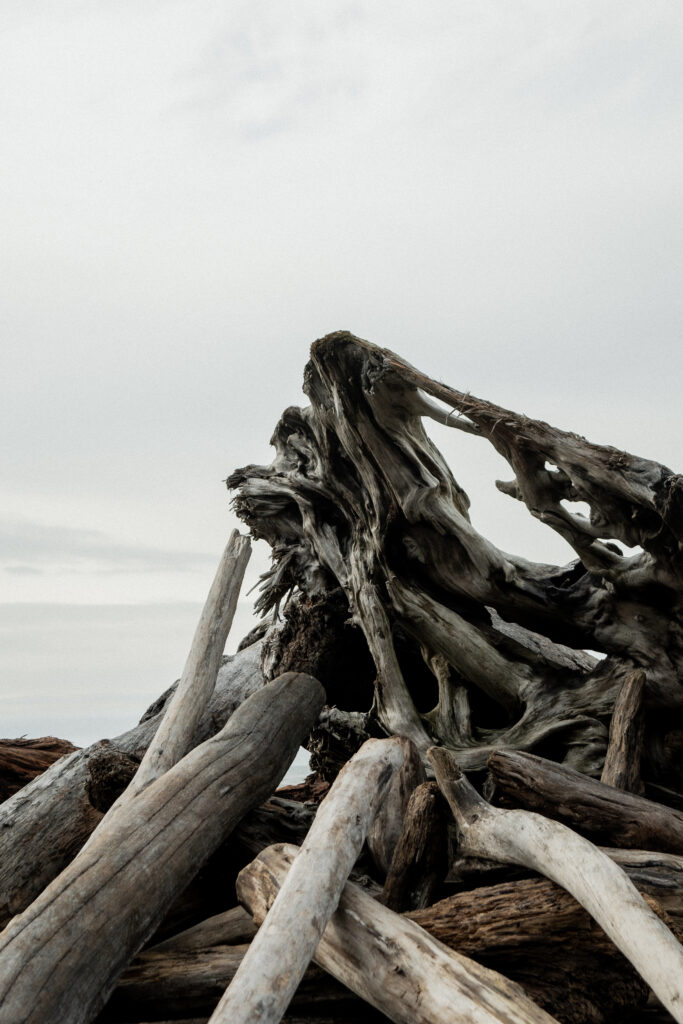
Beginner’s Guide: Capturing the World Through Your Lens
Filed in Beginner's Guide — November 24, 2024
In the summer of 2023 I found myself in the possession of a DSLR camera with little knowledge of how to use it…

Thankfully, YouTube is a wealth of knowledge! With a little trial and error, okay… a lot of error, I began capturing some professional-ish photos! Since then I’ve been shooting sessions of all kinds and people want to pay me to capture their special moments?? How lucky am I?!
Photography is a wonderful way to express yourself and capture the beauty of the world around you. But it can be intimidating for sure. Whether you’re a budding photographer or simply looking to improve your skills, this beginner’s guide will help you get started. (It certainly helped me!!)
Understanding Your Camera
- Know Your Camera: Familiarize yourself with your camera’s settings and functions. Mess around in the menu to see what is even possible! If you don’t have your cameras original user manual, I would recommend looking it up.
- Utilize YouTube: Likely, you are a visual person and might like a video walkthrough of your camera. Search for your camera and there will be all sorts of how-to or explanation videos that range from generic to really specific things you should know.
- Ask Others: I’ve been lucky enough to be surrounded by people in the photography industry who have helped lead me through questions and decisions. They helped me figure out issues I was having with my camera and lead me through when to upgrade to a better body!
The Key Parts of your Camera
- Aperture: Controls the amount of light entering the lens. A lower aperture (e.g., f/1.8) creates a shallow depth of field, blurring the background.
- Shutter Speed: Determines how long the camera’s sensor is exposed to light. A faster shutter speed (e.g., 1/1000s) freezes motion, while a slower shutter speed (e.g., 1/30s) creates motion blur.
- ISO: Measures the camera’s sensitivity to light. A higher ISO (e.g., 1600) is useful in low-light conditions, but can introduce noise.

Compositional Tips
- Rule of Thirds: Divide your image into nine equal parts using two horizontal and two vertical lines. Place your subject along these lines or at their intersections for a more visually appealing composition.
- Leading Lines: Use lines in your image to guide the viewer’s eye towards your subject.
- Framing: Use natural elements in your scene to frame your subject.
- Perspective: Experiment with different perspectives to create unique and interesting compositions.
Practical Tips
- Practice Regularly: The more you practice, the better you’ll become. Seriously, it’s better to test out hundreds of pictures to help you fine tune so you know how to take 1 great one.
- Experiment with Different Settings: Don’t be afraid to try new things and step outside your comfort zone. I find this is the way I really learn new techniques!
- Learn from Others: Follow photographers whose work you admire and learn from their techniques. There are SOOO many good ones!
- Join a Photography Community: Connect with other photographers, share your work, and get feedback. Lots of communities like this exist on Facebook.
- Edit Your Photos: Like DUHHH, but had to put this in here! Using photo editing software to enhance your images and correct any imperfections is a huge part of photography. I primarily use Lightroom!
Remember, photography is a journey, not a destination. You will not immediately be good and will have to go through some bad photos before you nail the good ones! Enjoy the process (and share it with me on socials if you do pick up photography) and keep on capturing those moments!
What’s your favorite photography tip? Share it in the comments below!